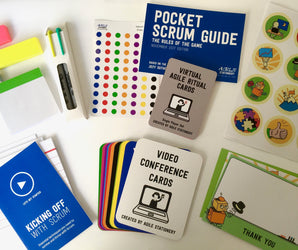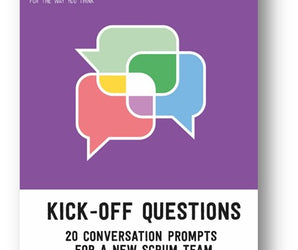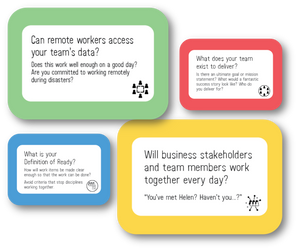Geoff starts with a controversial view, that we are all in fact politicians in some way. He uses a striking image from a mainstream political group to illustrate the truth many of us have been drawn into political conversations. While we find the idea of manipulating people uncomfortable, we do all seek to influence people every day. Geoff lists a set of common behaviours to illustrate that we all act like politicians: - choosing what to wear, - deciding what to say, - repackaging our CVs and LinkedIn profiles. While innocent, these are all attempts to influence people.

Influencing others responsibly and ethically
Fortunately, by looking at our core values, and knowing our colleagues' values, we have a good chance of working to persuade people in ways that run in accordance with our values.
We probably don't have a very positive attitude to politics, both on account of experiences with our own polity and out of a fear of crossing the line into manipulation.
Good servant leaders do not need to fear crossing this line. Whether you are a scrum master, product owner or traditional leader then part of your role is now to change culture. Geoff repeats that influence and persuasion are fine in this context; manipulation is not fine.
While trusting us to use the persuasion techiques wisely, Geoff invokes, without stanning, one of the greatest single moral injunctions in all of American pop culture: With great power comes great responsibility.
Where to apply persuasion techniques
Influence and persuasion are a skill. There are many things we might associate with words like "office politics" but Geoff reminds us there are many positive uses for this skill:

Examples of techniques to persuade and influence your colleagues
Geoff has put together a collection of tools and techniques drawn from neuroscience to help people make the impact they desire, or defend themselves against the machinations of others. As you read, or listen, to the explanation of each technique, consider a person you want to influence and whether the techniques is manipulative and wrong, or simply persuasive and fair game.
Guess their thoughts
Geoff has put together a collection of tools and techniques drawn from neuroscience to help people make the impact they desire, or defend themselves against the machinations of others. As you read, or listen, to the explanation of each technique, consider a person you want to influence and whether the techniques is manipulative and wrong, or simply persuasive and fair game.

Identity Alignment
Considering who you want to perusade, who they are, and what they value help them to see the positive ways in which your idea is aligned to their values. For example, if you want to improve quality, appeal to the fact that the person values quality highly.
Social Proof
If people see that others are doing something, they are more likely to do it themselves. They perceive it as less risky. Don't fake the evidence, gather real data to show the idea has traction.
White Coat Syndrome
Sometimes outside experts meet resistance because they are perceived as lacking context. On other occasions they are able to articulate the same points as internal colleagues but get more traction becuase they are perceived as an authority. This is true even if there is informal authority (if they are perceived as experienced for example) or transferred authority (where a person respected for one reason is considered an authority on unrelated topics).
Think of the person you want to persuade and find out who they respect.

Pique Superstition
If the person you want to persuade is suspicious you might choose to debunk or amplify that superstition to build up your idea or counteract an opposing argument. Geoff categorised this card as high risk as it involves a less rational kind of discourse that might be considered manipulative. The cards feature green, yellow and red corners to rank ideas by risk. warmer colours indicate a higher risk of getting burned.
Looking beyond individual self interest, to the needs of the organisation (which I hope are aligned) we crowd sourced benefits that audience members believe would be acheived if they were able to become more persuasive.
Individual benefits
- Greater visibility
- Easier to be heard
- More learning
Organisational benefits
- More collaboration
- Better decisions
- Faster decisions
- Better culture
- More cohesion
A Summary of the summary
Geoff presented the case that we all seek to influence people and as servant leaders we should be comfortable that doing that is part of the job. The power to persuade, however, can cause damage when people's better self is not fully engaged and they feel manipulated. We should use that power with great responsibility and ensure we are mindful of our values. We heard five examples of techniques which we might consider more or less likely to make someone feel manipulated and discussed how to apply them. Finally, we considered the various benefits of being persuasive and the audience contributed many and varied benefits that they hoped to achieve for their organisation and for themselves.








